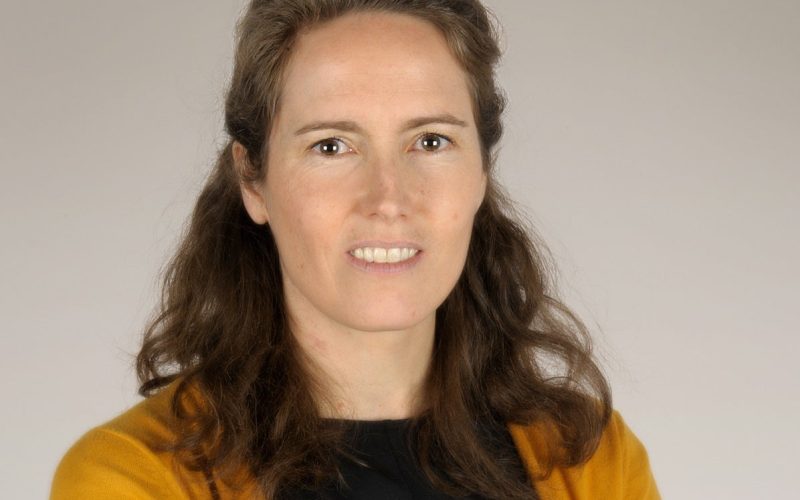In an estimated one in ten children, cancer is not due to bad luck, but because of an underlying genetic predisposition. How do doctors spot these hereditary disorders and what do they mean in practice? Dr. Marjolijn Jongmans, clinical geneticist at UMC Utrecht and investigator at the Princess Máxima Center, studies the best ways to detect genetic causes of childhood cancer.
In the past, a genetic predisposition to childhood cancer could only be recognized if there were obvious characteristics. For example, if several family members developed cancer at a young age or if children had a number of medical problems, such as in Down’s syndrome, which is linked with an increased risk of leukemia. We now know of other genetic disorders that can lead to childhood cancer. These are harder to pick out due to a lack of distinctive features and because they are relatively rare.
Demonstrating inherited predisposition to childhood cancer is not an end in itself. Ultimately, it’s about improving care for these children, and sometimes family members as well. Occasionally, treatment has to be adjusted; often children are eligible for check-ups to spot a possible new tumor at an early stage, or siblings are also at an increased risk of developing cancer. ‘Thankfully, the latter doesn’t happen often,’ says Jongmans. ‘A predisposition to childhood cancer often newly develops in the child without affecting other family members.’
Evidence of inherited predisposition can of course have a major impact on the family. Jongmans: ‘If we find such evidence, we will look at the practical consequences of the diagnosis. How often should a child be offered an MRI scan? Would an ultrasound be better? When knowledge about this does not yet exist, we try to contribute to new guidelines based on our experiences.’ The team, in collaboration with prof. dr. Martha Grootenhuis, is also investigating how they can best guide parents and children in making choices for genetic diagnostics, and looking at the right timing to make those choices.
With the advent of techniques to read out a large number of genes in a short time, finding signs of inherited predisposition has become markedly easier. Reading out tumor DNA is now an integral part of making the precise diagnosis of children with cancer in the Máxima center. In some cases, signs of a predisposition to cancer can already come to light at this stage.
Together with dr. Roland Kuiper and pediatric oncologist dr. Hans Merks, Marjolijn Jongmans studies the best strategy for detecting predisposition to childhood cancer. Jongmans: ‘We’re comparing the old-fashioned way, recognizing predisposition based on characteristics in the child followed by targeted genetic diagnosis, with the standard read-out of all known genes that indicate predisposition to childhood cancer.’
This systematic approach has already proven itself in a specific group of patients: children with a Wilms’ tumor, a form of kidney cancer in children. PhD candidate Janna Hol, supervised by Jongmans, Kuiper and prof. dr. Marry van den Heuvel-Eibrink, showed that a predisposition factor played a role in the development of the tumor in more than 30% of these children – a substantially higher share than was previously known. Here, too, the inherited risk was usually limited to this one child in the family. This is a reassuring message for parents with other children in the age bracket for Wilms’ tumor risk, or for parents with plans to grow their family. Children with predisposition for Wilms’ tumor are regularly checked for signs of the disease up to the age of seven.
Bringing together children with cancer in the Máxima center has great value for clinical genetics. The treatment of patients with rare, inherited predisposition to childhood cancer in the same location in the Netherlands offers a unique opportunity to gather a lot of knowledge. Jongmans: ‘I feel a responsibility to make the most of this opportunity so that it can also benefit doctors and families elsewhere in the world.’
On 30 March 2021, Marjolijn Jongmans held a lecture about her work to mark her appointment as associate professor at UMC Utrecht in the Child Health strategic program.
